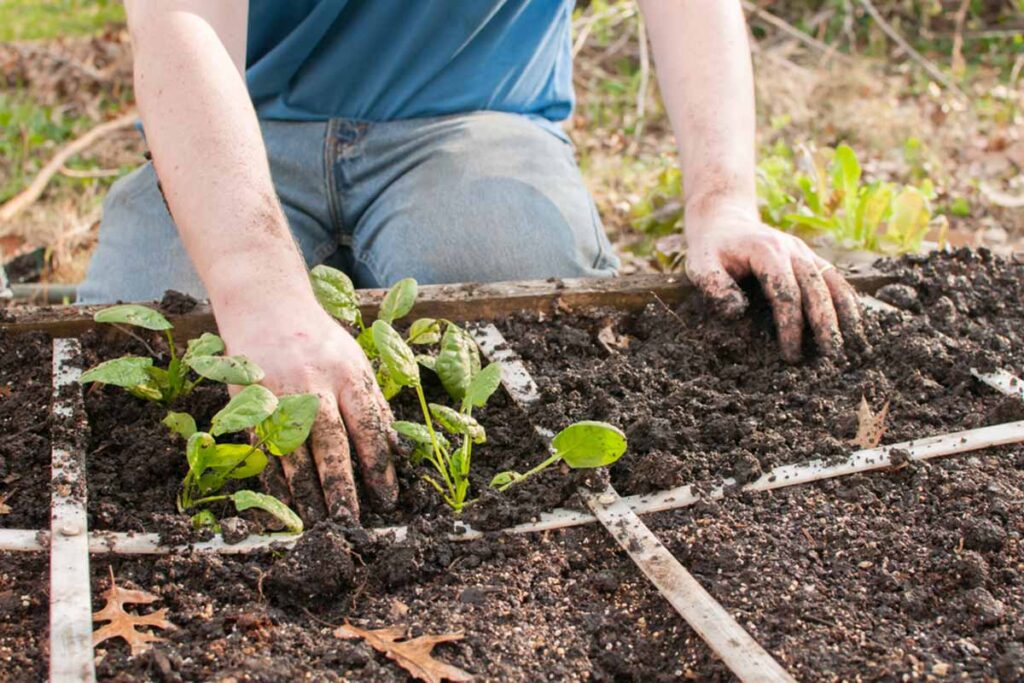Weeding isn’t exactly a favorite chore for most gardeners. During the growing season, it can feel like an endless (and possibly losing) battle. A weed-free garden, on the other hand, appears neat and tidy, especially after a major weeding session.
Plus, getting rid of weeds on a regular basis is more than just a matter of appearances because these garden invaders compete with your plants for water, nutrients, and light.
Aggressive weeds can completely overrun a bed if left unchecked, suffocating your favourite flowers or vegetables. Weeds can also provide diseases and pests with a foothold, allowing them to spread to your cultivated plants. Avoid these frequent weeding blunders to make things simpler for yourself.
Not knowing the enemy.
Identifying the weeds in your garden can help you figure out the best strategy for controlling them.
To begin, determine if you’re dealing with an annual, perennial, or biennial weed. Annuals can often be controlled by cutting them to the ground before they seed, although perennials and some biennials will just regrow from the roots if treated this way. It’s also useful to know how specific weeds spread (by seed, runners, suckers, and so on), when they flower, and when their seeds germinate.
Forgetting those seeds
Many weeds spread by generating a large number of seeds, which can remain in the soil for many years, just needing a little light and moisture to germinate. Keep this in mind when you’re weeding so you don’t disrupt the soil too much. Applying a layer of mulch will also assist to keep weed seeds out of the sunlight.
Removing weeds before they establish seeds can help to reduce the number of weeds in the future.
Pre–emergent herbicides, which are meant to destroy germinating seeds in the soil, can be useful, but they also impede the germination of beneficial seeds, so don’t use them if you plan to overseed a lawn, for example.

Misusing Herbicides
Beyond pre-emergents, there are a variety of weed killers to choose from; all should be used with caution and according to the label’s recommendations.
When spraying, never spray on a windy day and always wear protective clothing (mask, eye protection, gloves, long-sleeved shirt, long pants, socks, and closed-toe shoes). Make sure you’re using the correct herbicide for the job.
Herbicides can be selective, meaning that some only kill grasses while others only kill broadleaf plants. Herbicides that are not selective kill whatever plant they come into contact with. Make sure you label your sprayer so you don’t accidentally use it for something else. Even a small amount of herbicide residue might harm your garden plants.
If you need some ideas about what to read next, here they are:
- How to detect dull Chainsaws?
- The Various Uses and Types of Chainsaws
- How to stay safe while using Chainsaws?
Not using the right tools
You might be tempted to just use a weed whacker on everything, but that’s not the best solution for all types of weeds or garden situations. A long-handle hoe works well in the vegetable garden, while a hand hoe is great for weeding in tight, crowded spots or raised beds.Good hand tools for digging perennial roots include a hori-hori knife and a dandelion weeder.
Forgetting gloves
To make matters worse, some plants, including thistle and wild blackberry, have prickles. Some weeds, like stinging nettle and poison ivy, can irritate the skin. Always wear protective gloves while weeding to avoid unpleasant punctures and rashes, especially when working with unknown plants.
Relying on landscape fabric.
Weed management in paths, under play sets, and other areas where you aren’t growing plants can be accomplished with landscape cloth layered with mulch.
However, if used in annual flower beds or vegetable gardens, it would need to be replaced every year, and it will obstruct the addition of compost or other soil additives that fast-growing annual plants frequently require.
Landscape fabric will make weeding more difficult in the long run for permanent plantings. Soil and organic debris will collect in the mulch on top of the fabric, allowing weed seeds to develop and thrive in an ideal environment.
As the cloth breaks down over time, weed roots can infiltrate the soil and become more difficult to dig up due to the barrier. Removing landscape fabric once it has lost its usefulness is significantly more difficult than simply weeding the area on a regular basis.
Procrastinating
Weeds spread more quickly as they become larger, and little weeds are much easier to eliminate than large ones. You’ll save a lot of time and effort if you pull them as soon as you notice them sprouting.
So grab your gloves and the other equipment and get to work! When it comes to weeding, putting off this crucial activity is usually a mistake.
